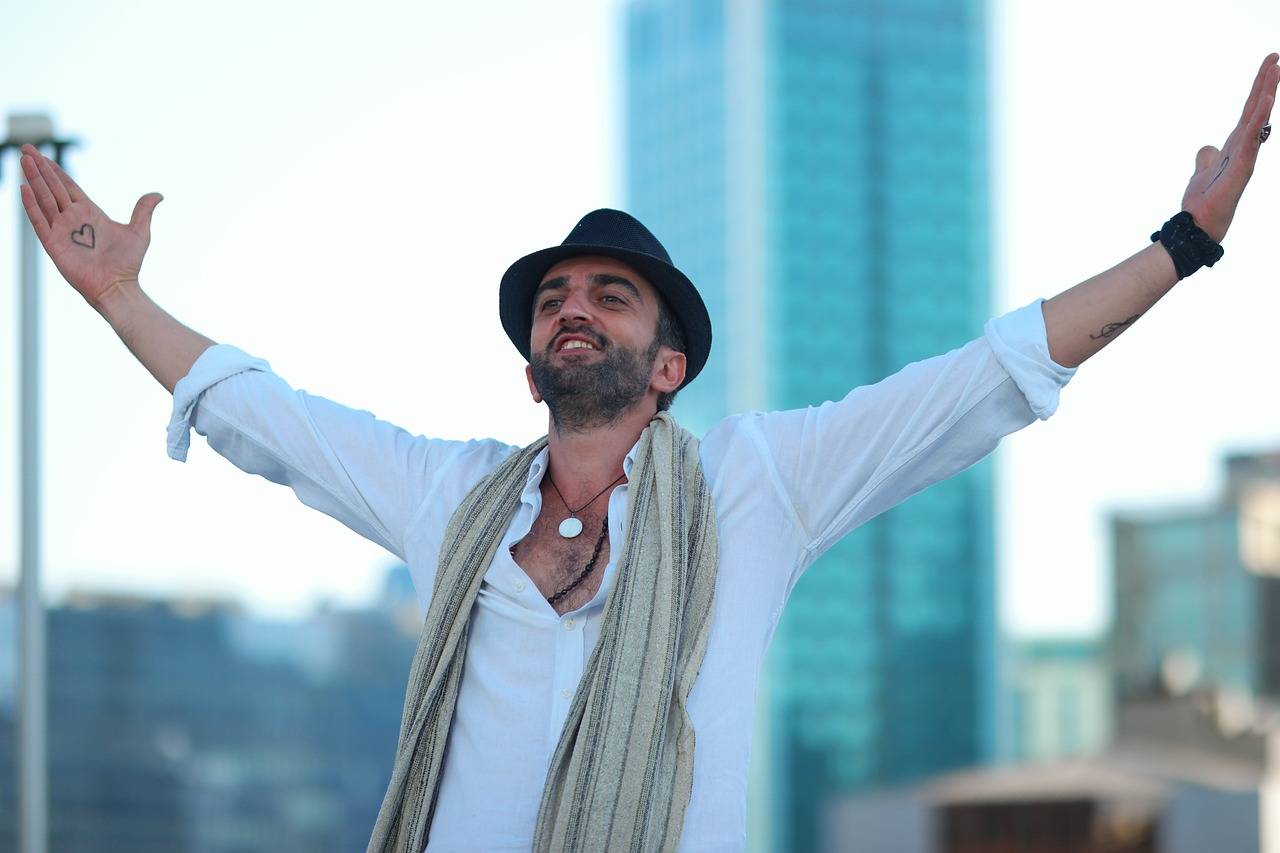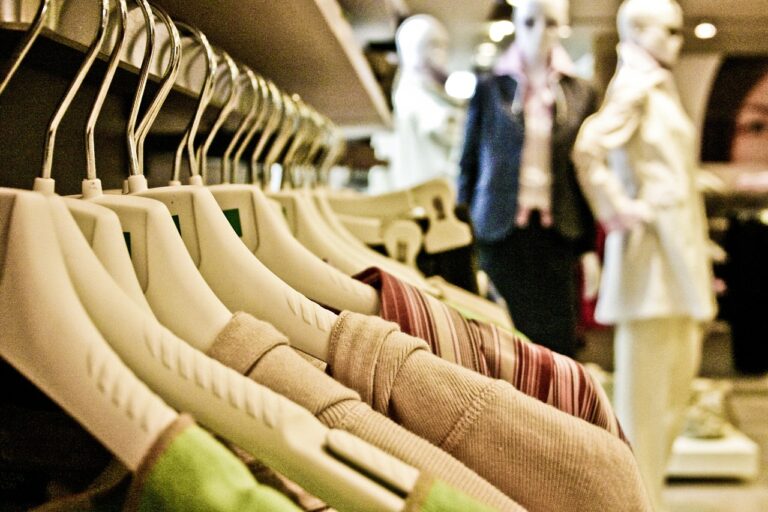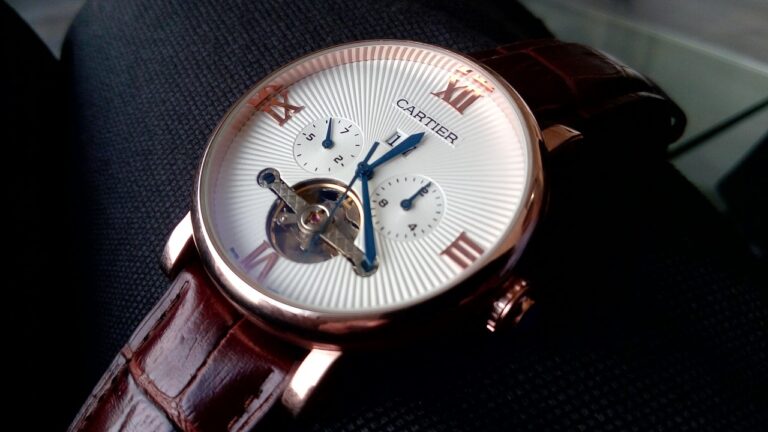Fashion and Politics: Fashion Diplomacy and International Relations
In the realm of international relations, fashion has emerged as a potent expression of soft power. Through the lens of clothing and style, nations convey their cultural heritage, values, and societal norms to the global community. This subtle yet impactful form of cultural diplomacy can shape perceptions, raise awareness, and foster connections between countries on a non-verbal level.
Fashion’s influence in international relations extends beyond aesthetics; it serves as a tool for promoting inclusivity, understanding, and mutual respect among diverse cultures. The ability of fashion to transcend language barriers and spark dialogue contributes to the building of bridges between nations, fostering a sense of unity amid diversity. By leveraging the universal language of style, countries can showcase their unique identities and forge meaningful connections, paving the way for greater cooperation and collaboration on the world stage.
The Influence of Fashion on Cultural Diplomacy
The global fashion industry has become an increasingly powerful tool for countries to showcase their cultural heritage and values on an international stage. Through fashion, nations are able to communicate their unique identity and traditions, shaping perceptions and fostering understanding across borders. Fashion diplomacy has the ability to transcend language barriers and create connections between people from diverse backgrounds.
In recent years, governments and organizations have recognized the impact of fashion as a form of soft power, utilizing it to strengthen diplomatic ties and promote cross-cultural dialogue. Fashion shows, exhibitions, and collaborations have emerged as key platforms for countries to engage with one another in a creative and non-traditional way. By leveraging the influence of fashion, nations can establish mutual respect, inspire creativity, and build bridges that go beyond mere aesthetics.
How does fashion act as a soft power in international relations?
Fashion can serve as a tool for cultural diplomacy by showcasing a country’s unique traditions, values, and creativity to a global audience. It can help create positive perceptions of a country and build connections with other nations.
Can you provide examples of how fashion has influenced cultural diplomacy?
One example is when designers incorporate traditional textiles or motifs into their collections, promoting cultural heritage and sparking interest in a country’s artistic traditions. Fashion events like fashion weeks and exhibitions also bring people from different cultures together, fostering dialogue and understanding.
How can governments leverage fashion to enhance cultural diplomacy efforts?
Governments can support local designers and fashion industries, sponsor international fashion events, and use fashion ambassadors to promote their country’s image abroad. By investing in fashion as a cultural export, governments can strengthen their soft power and build relationships with other countries.





